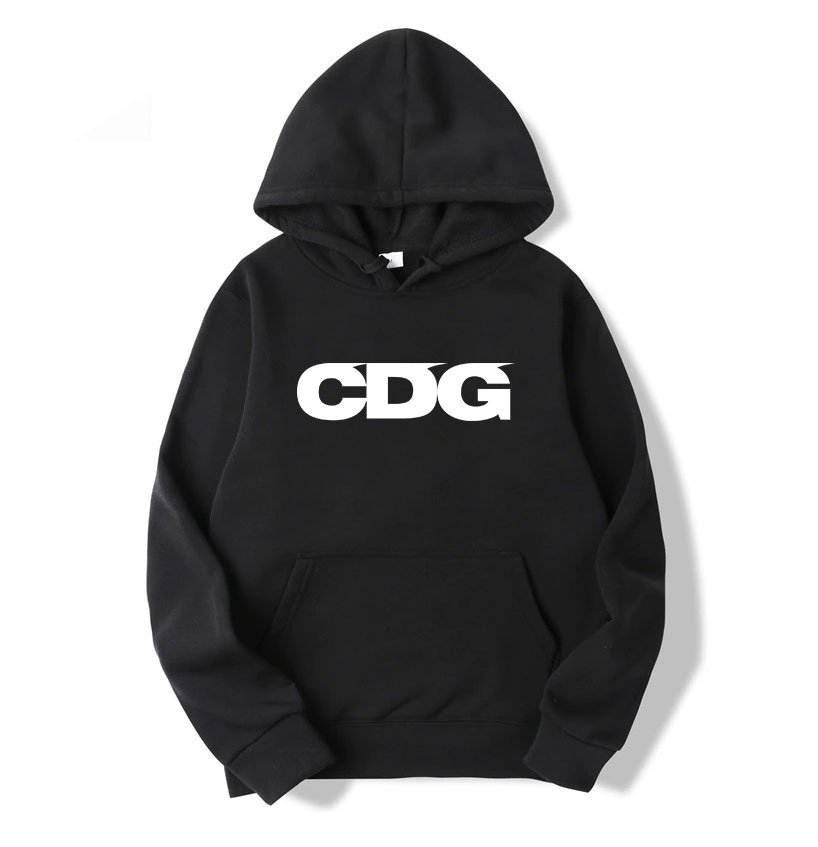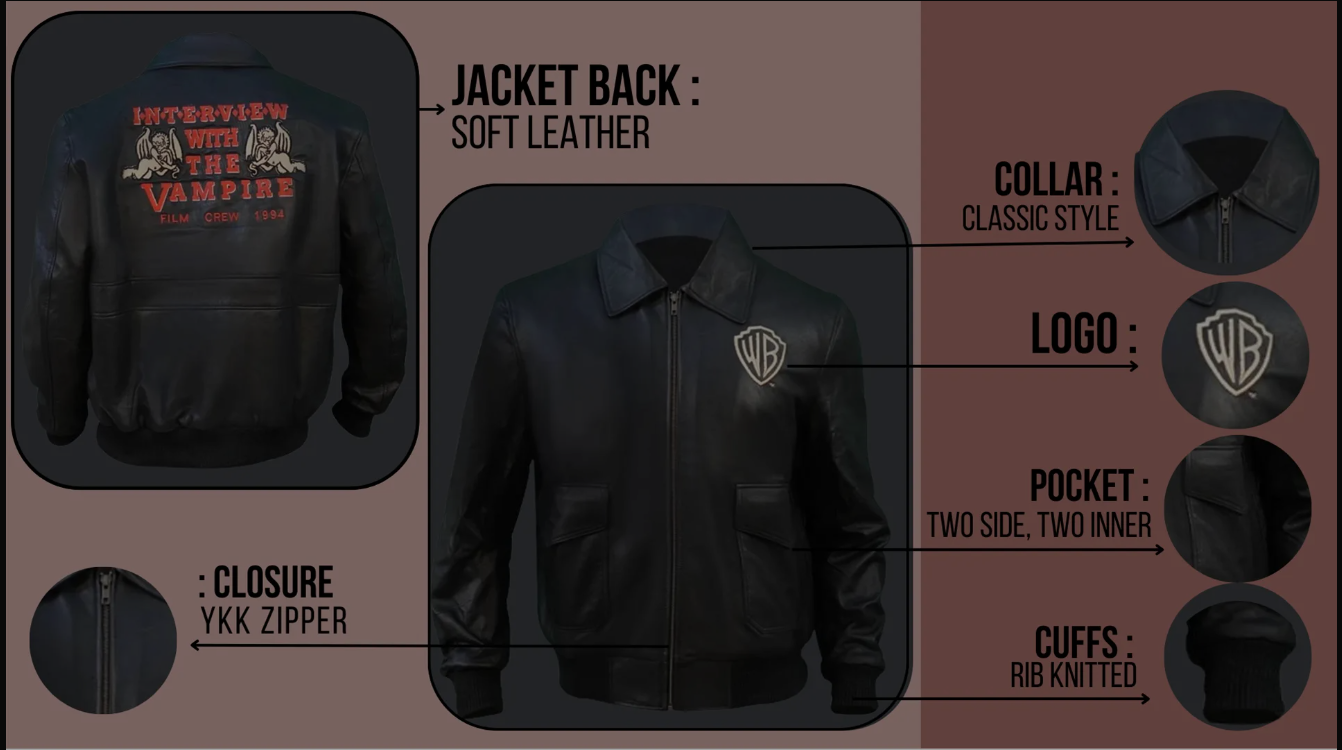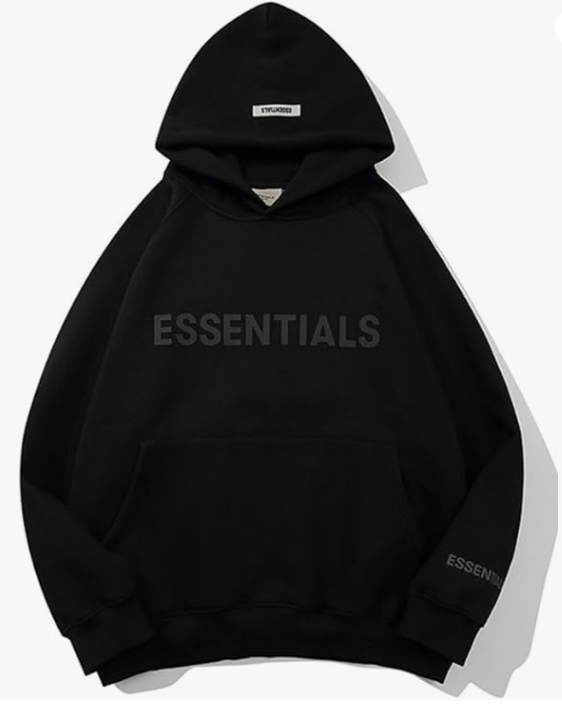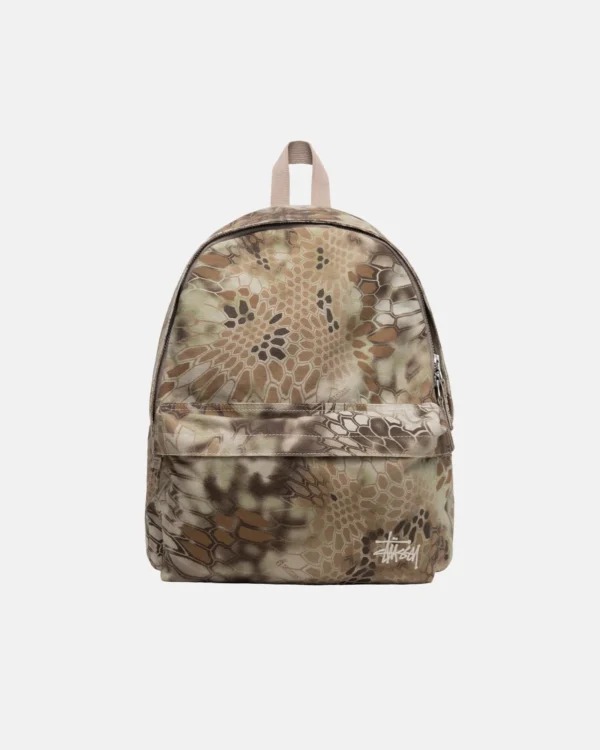Hoodies are more than just a casual staple; they’re a symbol of comfort, versatility, and style. The fabric of your hoodie can significantly impact its comfort level, durability, and appearance. In this comprehensive guide, we’ll explore the best fabrics for hoodies, highlighting their unique characteristics and benefits to help you choose the perfect hoodie for ultimate comfort. Step into elegance with our curated selection of hoodies at shopcommedesgarcon.co showcasing a spectrum of colors and patterns.
The Importance of Fabric in Hoodie Comfort
When it comes to hoodies, the fabric is paramount. The right material can make your hoodie feel like a cozy embrace, while the wrong one can lead to discomfort and dissatisfaction. Fabrics affect the hoodie’s breathability, weight, texture, and longevity. Therefore, understanding different fabrics and their properties is essential for making an informed choice.
Cotton: The Classic Choice
Cotton is the most common fabric used for hoodies and for good reason. It is a natural fiber known for its softness, breathability, and hypoallergenic properties. Cotton hoodies are perfect for everyday wear, offering comfort and versatility. They absorb moisture well, keeping you dry and comfortable. However, pure cotton hoodies can shrink after washing and may not be as durable as synthetic blends. Explore our vast inventory of handcrafted hoodies at
drop shoulder t shirt with unique pieces to complement any outfit.
Fleece: Warm and Cozy
Fleece is a synthetic fabric made from polyester, designed to mimic the insulating properties of wool. It is incredibly warm, lightweight, and dries quickly, making it ideal for colder weather. Fleece hoodies are perfect for outdoor activities and lounging at home. They are also resistant to pilling and fading, ensuring they look good for longer. However, fleece can trap odors and may not be as breathable as natural fibers.
Polyester: Durable and Quick-Drying
Polyester is a durable synthetic fabric that is resistant to shrinking, stretching, and wrinkling. It is also quick-drying and moisture-wicking, making it a popular choice for athletic hoodies. Polyester blends are often used to enhance the durability and performance of hoodies. While polyester is not as soft or breathable as cotton, it provides excellent shape retention and longevity.
French Terry: Lightweight and Breathable
French terry is a type of fabric that features loops on one side and a smooth surface on the other. It is typically made from cotton, polyester, or a blend of both. French terry hoodies are lightweight, breathable, and have a soft, absorbent texture. They are perfect for mild weather and layering. This fabric is also known for its durability and resistance to pilling, making it a great choice for everyday wear.
Merino Wool: Luxurious and Thermoregulating
Merino wool is a premium natural fiber known for its exceptional softness, breathability, and thermoregulating properties. Merino wool hoodies are ideal for both cold and warm weather, as the fabric helps regulate body temperature by wicking moisture away from the skin. These hoodies are also naturally odor-resistant and biodegradable. However, merino wool can be more expensive and requires careful washing to maintain its quality.
Bamboo: Eco-Friendly and Soft
Bamboo fabric is an eco-friendly option that is becoming increasingly popular for hoodies. It is made from bamboo fibers, which are naturally soft, breathable, and moisture-wicking. Bamboo hoodies are known for their silky texture and antibacterial properties, making them great for sensitive skin. Additionally, bamboo is a sustainable resource that requires less water and pesticides to grow compared to cotton.
Modal: Silky and Durable
Modal is a type of rayon made from beech tree pulp. It is known for its silky-smooth texture, breathability, and excellent moisture-wicking properties. Modal hoodies are incredibly comfortable, lightweight, and resistant to shrinking and fading. This fabric is also biodegradable, making it an eco-friendly choice. However, modal can be more expensive than other fabrics and may require special care to maintain its softness.
Blends: The Best of Both Worlds
Many hoodies are made from fabric blends that combine the best properties of different materials. Common blends include cotton-polyester, cotton-modal, and cotton-bamboo. These blends aim to provide the softness and breathability of natural fibers with the durability and performance of synthetics. Blended fabrics can offer a balanced combination of comfort, durability, and ease of care.
Sustainable Fabrics: A Growing Trend
As awareness of environmental issues grows, many brands are turning to sustainable fabrics for their hoodies. Organic cotton, recycled polyester, and hemp are some of the eco-friendly options available. These fabrics reduce the environmental impact of production and are often produced under fair labor conditions. Choosing hoodies made from sustainable fabrics not only ensures comfort but also supports a healthier planet.
Choosing the Right Fabric for Your Hoodie
When selecting a hoodie, consider your lifestyle, climate, and personal preferences. For everyday wear, cotton or French terry hoodies offer comfort and versatility. If you need a hoodie for colder weather or outdoor activities, fleece or merino wool are excellent choices. For athletic wear, opt for polyester or blends with moisture-wicking properties. If you prioritize sustainability, look for hoodies made from bamboo, organic cotton, or recycled materials.
Conclusion
The fabric of your hoodie plays a crucial role in determining its comfort, durability, and functionality. From classic cotton and cozy fleece to luxurious merino wool and eco-friendly bamboo, each fabric offers unique benefits. By understanding the properties of different fabrics, you can choose the perfect hoodie to suit your needs and enjoy ultimate comfort in your everyday wear.




